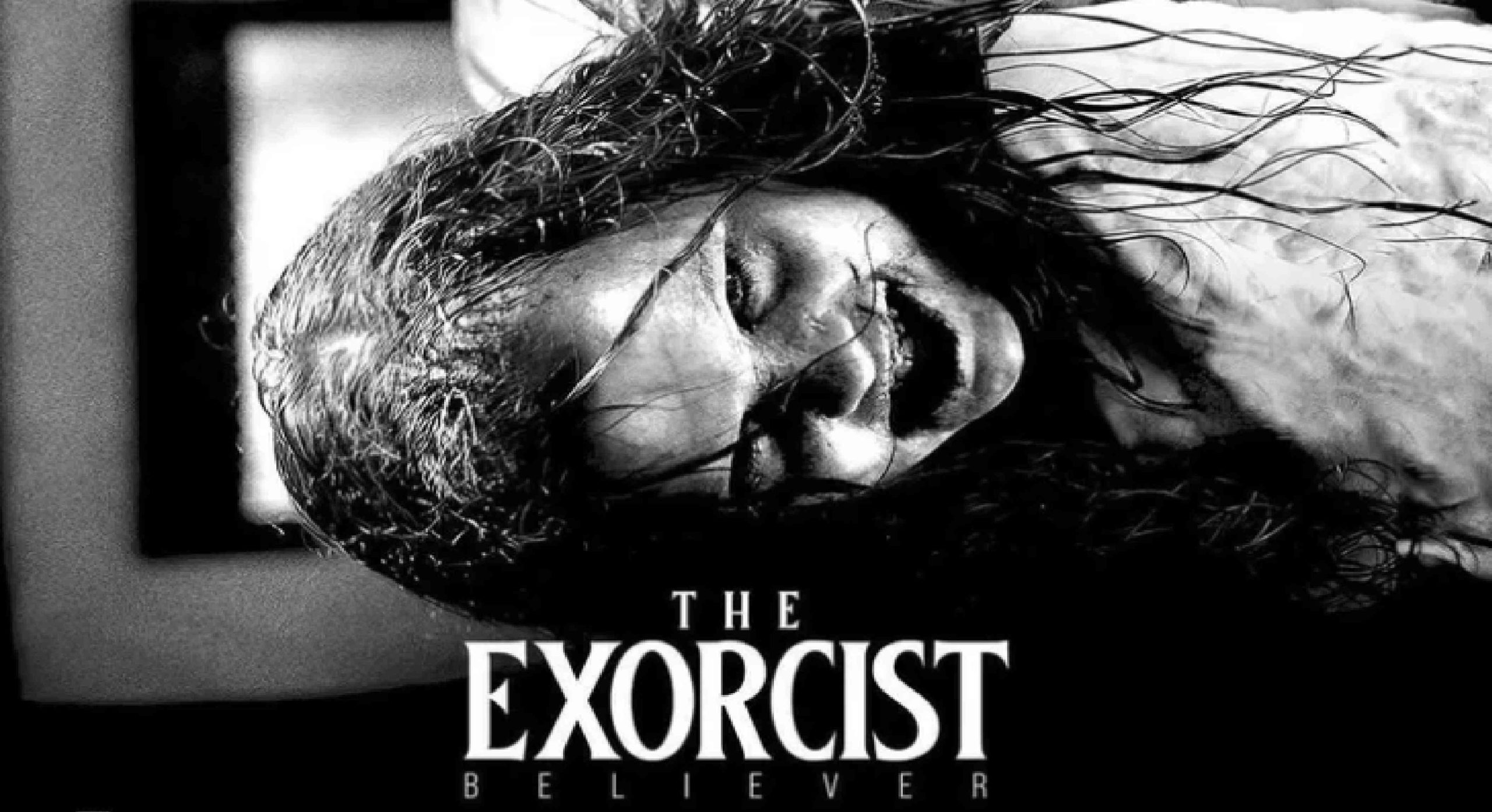The film industry has long been captivated by the legendary life of Elvis Presley, often referred to as the "King of Rock and Roll." With the recent release of the biopic titled "Elvis," filmmakers have once again sought to explore the complex persona of this iconic musician through a cinematic lens. This article provides a comprehensive overview of the film, delving into its production details, cast, narrative structure, visual style, music, reception, and more, offering a detailed examination of this notable addition to Elvis Presley’s cinematic portrayals.
Overview of the Film "Elvis" and Its Production Details
"Elvis" is a biographical film that chronicles the life and career of Elvis Presley, one of the most influential figures in 20th-century music. Directed by Baz Luhrmann, known for his vibrant and stylized filmmaking, the movie aims to offer both a personal and cultural perspective on Elvis’s journey from humble beginnings in Tupelo, Mississippi, to global superstardom. The film was produced by Warner Bros. Pictures and released in 2022, with a focus on capturing the tumultuous relationship between Elvis and his manager, Colonel Tom Parker, as well as his impact on American music and culture.
The production of "Elvis" involved a significant investment in both time and resources, with a production timeline spanning over two years. Filming took place across various locations, including Australia and the United States, to authentically recreate different eras of Elvis’s life. The film’s production design emphasizes period-accurate sets and costumes, immersing viewers in the 1950s and 1960s America. The screenplay was developed by Baz Luhrmann and Craig Pearce, aiming to balance factual storytelling with dramatic flair. The film’s release was accompanied by a substantial marketing campaign, emphasizing its star-studded cast and high production values.
The film’s visual aesthetic reflects Luhrmann’s signature style, characterized by bold colors, dynamic camera movements, and elaborate set pieces. It was shot using a combination of traditional film techniques and digital cinematography to enhance its vibrant and energetic tone. The production also integrated extensive music rehearsals and performances to authentically portray Elvis’s stage presence. Post-production involved meticulous editing, sound design, and visual effects to ensure a polished final product that aligns with the director’s artistic vision.
"Elvis" was distributed worldwide, aiming for a wide theatrical release to maximize audience reach. It was also made available in IMAX and other premium formats to enhance the viewing experience. The film’s release was strategically timed to coincide with Elvis Presley’s anniversary milestones and to capitalize on renewed public interest in his life and music. Overall, the production of "Elvis" reflects a blend of meticulous historical research and creative storytelling, designed to honor the legacy of the King of Rock and Roll while appealing to both fans and newcomers.
Cast and Crew: Key Performers and Creative Team Behind "Elvis"
The film features a talented ensemble led by Austin Butler, who delivers a transformative portrayal of Elvis Presley. Butler’s performance has been widely praised for capturing the singer’s charisma, vulnerability, and complex personality. Supporting him are Olivia DeJonge as Priscilla Presley, Elvis’s wife, portraying her as both a love interest and a pivotal figure in his life. The cast also includes Tom Hanks as Colonel Tom Parker, Elvis’s enigmatic manager, whose relationship with Elvis is depicted as both influential and tumultuous.
Behind the camera, director Baz Luhrmann brings his distinctive visual and narrative style to the project. Known for films like "Moulin Rouge!" and "The Great Gatsby," Luhrmann’s approach emphasizes spectacle, music, and emotional intensity. The screenplay, co-written by Luhrmann and Craig Pearce, aims to balance biographical accuracy with dramatic storytelling, providing a nuanced view of Elvis’s life. The film’s cinematographer, Mandy Walker, contributes a vibrant and textured visual palette that enhances the storytelling.
The musical team plays a crucial role in shaping the film’s authenticity and energy. Music supervisor Anton Monsted and composer Elliott Wheeler work to recreate Elvis’s iconic sound while integrating new arrangements that suit the film’s narrative. Costume designer Catherine Martin, who also collaborated with Luhrmann on other projects, ensures that the wardrobe authentically reflects Elvis’s style across different periods. The combined efforts of this creative team aim to craft a cinematic experience that is both visually stunning and emotionally resonant.
The supporting cast includes notable actors such as Helen Thomson and David Wenham in key roles, adding depth to the portrayal of Elvis’s inner circle and family. The film’s crew also features experienced editors, sound designers, and choreographers who work collectively to bring the story to life with precision and flair. Overall, the film’s creative team is comprised of industry veterans and innovative artists dedicated to honoring Elvis Presley’s legacy through compelling storytelling and striking visuals.
Plot Summary and Narrative Structure of the "Elvis" Biopic
"Elvis" follows a chronological narrative structure, charting the singer’s life from his early years in Tupelo to his rise as a cultural icon. The film opens with scenes depicting Elvis’s childhood and musical influences, establishing the roots of his unique sound. It then transitions into his discovery of fame, highlighting his breakthrough in the 1950s with energetic performances that challenged societal norms. The story explores his rapid ascent, the pressures of stardom, and his evolving personal relationships, particularly with Priscilla Presley.
A significant portion of the film delves into the complex relationship between Elvis and Colonel Tom Parker, portrayed as a manipulative yet pivotal figure in Elvis’s career. The narrative examines how Parker’s control shaped Elvis’s professional trajectory and personal life, often blurring the lines between mentorship and exploitation. As Elvis’s fame grows, the film depicts his experimentation with new musical styles, his legendary performances, and his struggles with addiction, fame, and personal identity.
The latter part of the film portrays Elvis’s later years, marked by declining health, strained relationships, and his eventual death in 1977. Throughout the story, flashbacks and dream-like sequences are used to provide insight into Elvis’s internal world, revealing his vulnerabilities and aspirations. The narrative is structured to provide a balanced view of his achievements and challenges, emphasizing the human behind the myth.
The film’s emotional core lies in its exploration of Elvis’s desire for artistic authenticity amid commercial pressures and his quest for personal happiness. The storytelling employs a mix of dramatic reenactments, musical performances, and introspective moments to create an immersive experience. Overall, the plot offers a comprehensive yet intimate portrait of Elvis Presley, capturing both his public persona and private struggles.
Visual Style and Cinematic Techniques Employed in "Elvis"
Baz Luhrmann’s "Elvis" is distinguished by its vibrant visual style, characterized by bold colors, dynamic compositions, and theatrical flair. The film employs a highly stylized approach, blending elements of musical theater with cinematic realism to evoke the energy and spectacle of Elvis’s performances. The use of saturated hues and elaborate set designs enhances the sense of nostalgia and grandeur, transporting viewers to different eras of Elvis’s life.
Cinematic techniques such as rapid editing, sweeping camera movements, and innovative use of lighting are employed to heighten emotional impact and emphasize key moments. For example, concert scenes are often shot with wide-angle lenses and energetic camera work to capture the excitement of Elvis’s stage presence. Slow-motion sequences and close-ups are used to highlight intimate moments, revealing the emotional depth of the characters.
Luhrmann’s signature use of visual symbolism and surreal elements is also evident, allowing for a layered storytelling approach. Dream sequences and stylized flashbacks intersperse the narrative, providing a visceral sense of Elvis’s internal struggles and aspirations. The film’s production design meticulously recreates iconic venues, costumes, and settings, contributing to an authentic yet heightened visual experience.
The cinematography by Mandy Walker plays a crucial role in establishing the film’s aesthetic tone. Her work balances vibrant, energetic scenes with more subdued, introspective moments, creating a visual rhythm that mirrors Elvis’s tumultuous life. The film also makes extensive use of practical effects and elaborate choreography to bring Elvis’s musical numbers to life, capturing the essence of his electrifying performances.
Overall, the visual style and cinematic techniques in "Elvis" serve to immerse viewers in the singer’s world, blending spectacle with emotional storytelling. The film’s innovative approach to visual storytelling underscores its aim to celebrate Elvis Presley’s legacy while offering a fresh and compelling cinematic experience.
Music and Soundtrack: Recreating Elvis Presley’s Iconic Hits
Music is at the heart of "Elvis," with the soundtrack serving as a vital element in storytelling and character development. The film features a mix of original recordings, re-recorded performances, and new arrangements, carefully curated to reflect Elvis’s evolving musical style across different periods. The soundtrack aims to honor the authenticity of Elvis’s sound while also exploring creative reinterpretations suited to the cinematic narrative.
Performances of iconic hits such as "Hound Dog," "Jailhouse Rock," "Love Me Tender," and "Suspicious Minds" are recreated with meticulous attention to detail. Austin Butler’s vocal performances are complemented by a talented team of musicians and sound engineers who work to capture Elvis’s distinctive voice and energetic stage presence. The film also incorporates live performance footage and stylized sequences that dramatize Elvis’s legendary concerts, immersing viewers in his musical world.
The soundtrack also features original compositions and new arrangements that serve to underscore key emotional moments in the film. These musical cues help convey Elvis’s internal struggles, aspirations, and triumphs, providing a sonic backdrop that enhances storytelling. The score by Elliott Wheeler integrates elements of rock, gospel, blues, and pop, reflecting the diverse influences that shaped Elvis’s music.
Sound design plays a crucial role in creating an immersive auditory experience, emphasizing the vibrancy of Elvis’s performances and the intimacy of quieter scenes. The mixing process ensures that Elvis’s vocals, band performances, and ambient sounds are balanced to evoke the atmosphere of his concerts and recording sessions. Overall, the film’s music and soundtrack are crafted




